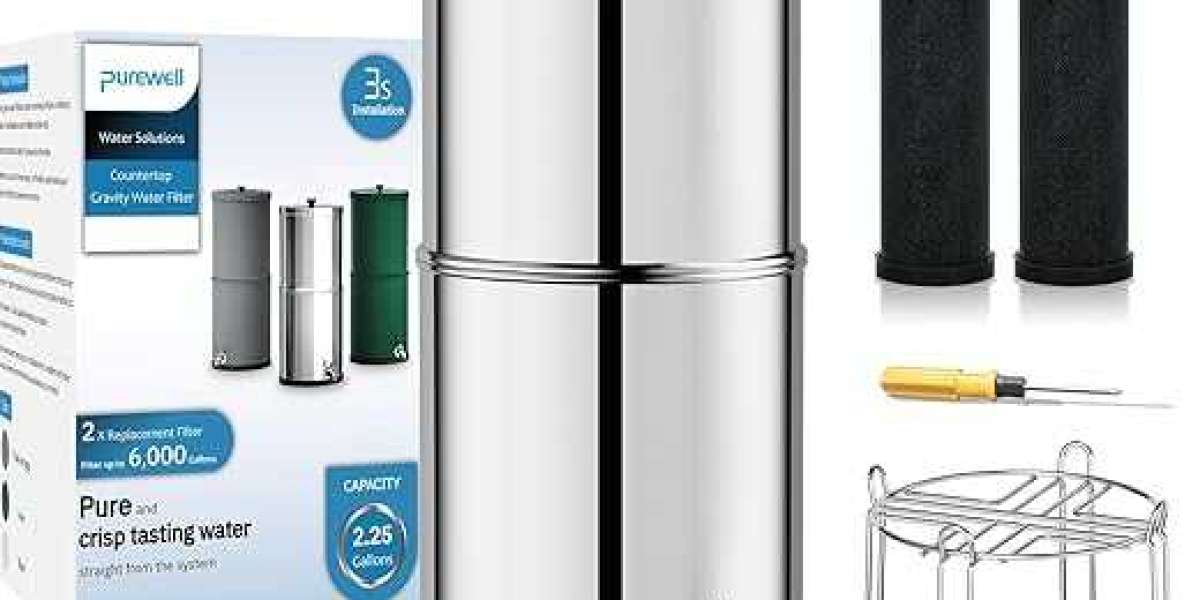AAC (All Aluminium Conductor) is a type of overhead transmission conductor made entirely from aluminum strands. Known for its excellent conductivity, lightweight nature, and corrosion resistance, AAC is widely used in urban areas where span lengths are short and electrical load requirements are moderate.
AAC conductor play a vital role in the reliable transmission of electricity from power generation stations to substations and ultimately to consumers. Their use is particularly prevalent in distribution networks within densely populated zones.
✅ Key Features of AAC Conductor
| Property | Details |
|---|---|
| Material | 100% EC grade aluminum (electrolytic grade) |
| Conductivity | Approximately 61% IACS |
| Temperature Resistance | Up to 75°C under normal operation |
| Corrosion Resistance | High, especially in coastal or humid areas |
| Strength | Moderate tensile strength |
| Flexibility | Easy to handle, bend, and install |
? Where is AAC Conductor Used?
AAC conductors are ideal in areas where:
Short spans are common
High conductivity is prioritized over tensile strength
Urban distribution requires lightweight wiring
Corrosive environments demand better material resilience (e.g., coastal areas)
? AAC vs Other Conductors
| Conductor Type | Material | Strength | Conductivity | Typical Use |
|---|---|---|---|---|
| AAC | All aluminum | Moderate | High | Urban distribution lines |
| ACSR | Aluminum + steel core | High | Good | Long span, high-tension transmission |
| AAAC | Aluminum alloy | Better than AAC | Slightly lower | Rural semi-urban networks |
AAC is more conductive than ACSR but offers less mechanical strength, making it unsuitable for longer transmission lines but perfect for city grids and industrial layouts.
? Why Choose AAC Conductor?
1. High Conductivity
AAC is made of EC-grade aluminum, providing excellent electrical conductivity. This allows more efficient power flow with minimal energy loss.
2. Lightweight Design
Easier handling during installation and maintenance, reducing labor costs and time.
3. Resistant to Corrosion
AAC performs exceptionally well in coastal and industrial areas due to aluminum's natural resistance to atmospheric corrosion.
4. Economical
The absence of a steel core makes it more affordable than ACSR, both in terms of material and installation costs.
5. Eco-Friendly
Aluminum is fully recyclable, making AAC a sustainable solution in power infrastructure.
⚙️ Technical Specifications (Example)
| Conductor Size (mm²) | Stranding (Aluminum) | Overall Diameter (mm) | Weight (kg/km) | Resistance (ohm/km) |
|---|---|---|---|---|
| 16 | 7/1.70 | 5.10 | 43.6 | 1.91 |
| 50 | 7/3.10 | 9.30 | 135 | 0.61 |
| 100 | 19/2.89 | 14.45 | 270 | 0.31 |
| 150 | 19/3.52 | 17.60 | 407 | 0.206 |
| 200 | 37/3.15 | 22.05 | 535 | 0.154 |
Values are indicative and may vary slightly depending on the manufacturer.
? Frequently Asked Questions (FAQs)
Q1: What is the primary application of AAC conductor?
AAC conductors are primarily used in low and medium-voltage urban overhead power distribution systems where mechanical tension is minimal, and conductivity is a priority.
Q2: How does AAC handle extreme weather conditions?
Due to its high corrosion resistance, AAC performs well in moist, industrial, and coastal climates. However, it may require additional structural support in high-wind or ice-load regions due to lower tensile strength.
Q3: Can AAC be used for long transmission lines?
AAC is not suitable for long-distance transmission because of its limited tensile strength. For longer spans, ACSR or AAAC is preferred.
Q4: Is AAC more cost-effective than ACSR?
Yes. AAC conductors are generally more affordable because they consist solely of aluminum and require less complex handling during installation.
Q5: What standards apply to AAC conductors?
Most AAC conductors adhere to standards like ASTM B231, IEC 61089, and BS 215, depending on the region and utility provider.
? Expert Insights: Choosing the Right Conductor
When selecting conductors for a project, consider:
Span length
Weather conditions
Load capacity
Budget and maintenance constraints
AAC is best where conductivity and corrosion resistance are more important than mechanical strength, especially for short-span networks in cities and industrial zones.
⚡ Tips for Installation Handling
Always ensure clean contact surfaces during joining to prevent resistance build-up.
Use non-magnetic hardware when fixing AAC to avoid galvanic corrosion.
Avoid excessive mechanical stress or bending, especially in colder climates.
During installation, maintain correct sag and tension parameters to ensure reliable performance.
? Common AAC Conductor Sizes and Uses
| Size (mm²) | Typical Use |
|---|---|
| 16–50 | Street lighting, building connections |
| 50–150 | Urban grid primary distribution lines |
| 150–200+ | Substation feeders, small industrial zones |
? Advantages at a Glance
✅ High electrical efficiency
✅ Corrosion-resistant for coastal areas
✅ Lightweight and easy to install
✅ Cost-effective
✅ Sustainable and recyclable material













